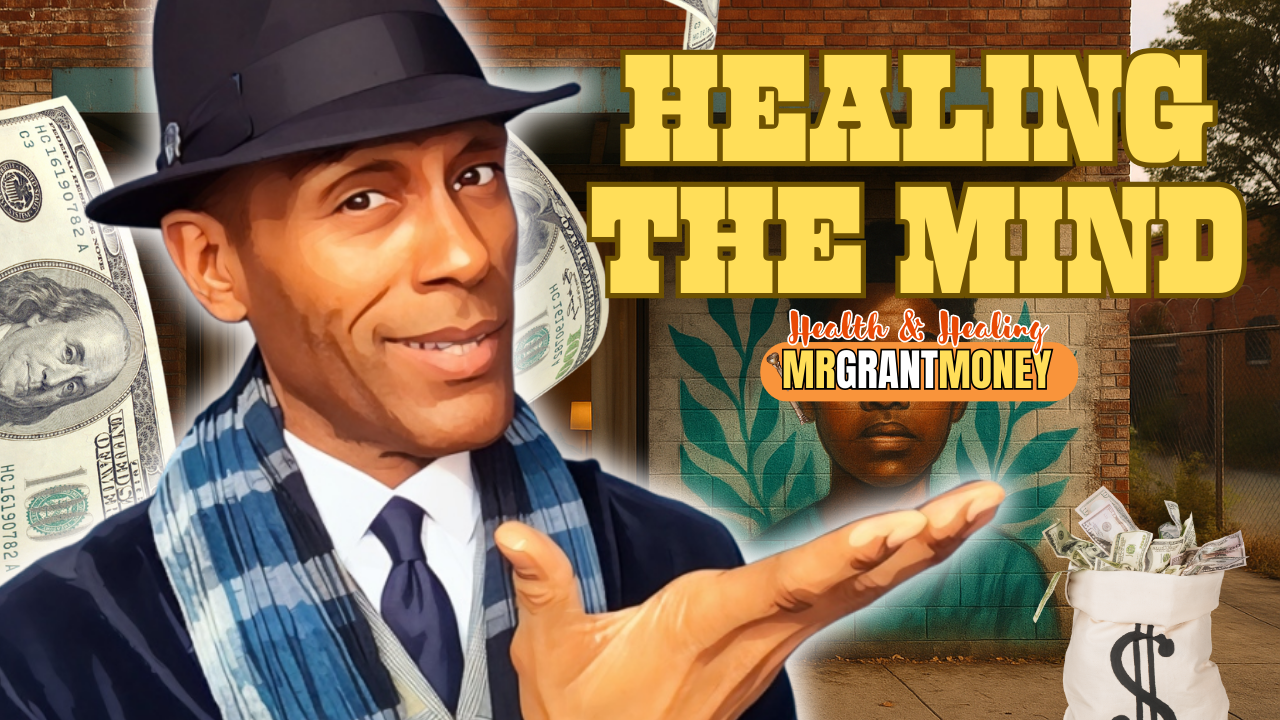The Green Genius: Mr. Grant Money & The Teen with the Carbon Capture Breakthrough

She Didn’t Wait to Be Discovered. She Built the Future Herself.
Great Ideas Don’t Wait for Graduation
Every great invention starts small.
Sometimes in a spiral-bound notebook.
Sometimes in a garage.
Sometimes in the back of a high school chemistry classroom—when someone like Marie Claire is supposed to be learning what’s on the test, but can’t stop thinking about what’s not.
She was sixteen. Quiet, curious, often underestimated. The kind of student teachers describe as “bright, but introverted.” Unless you happened to catch her at a robotics meet—or in the corner of the lab during free period, running side experiments with algae cultures and recycled soda bottles.
The question that haunted her wasn’t in the textbook: What if carbon capture didn’t have to be expensive?
Built from Yogurt Cups, Fueled by Curiosity
Her first prototype didn’t look like a climate solution. It looked like a school project gone sideways.
A modular, algae-based carbon capture unit built from yogurt containers, plastic tubing, and discarded HVAC filters. It was small, clunky, awkward. But it worked. Really worked. CO₂ absorption data that made even her chemistry teacher pause and do a double take.
“You should enter this in the fair,” they said.
So she did. On Earth Day.
That day, her table had no banners. No sponsors. Just Marie Claire, her prototype, and her handwritten research summary.
But it turned heads.
-
The Department of Energy judge took notes.
-
A climate tech rep asked for her email.
-
The local paper snapped her photo.
And then—nothing. No calls. No follow-up. No funding. Just silence.
Because Marie Claire didn’t have a startup. Or a patent. Or a “founder story.”
She had a PDF, a prototype, and a dream.
And no one teaches you what to do after the science fair ends.
The Man Who Walked In with a Green Tie and a Game Plan
Three days later, Marie Claire got an email.
It didn’t come from a foundation or a tech scout. It came from a man with a name that sounded more like a nickname than a real title: Mr. Grant Money.
She thought it was a prank.
Until he showed up at her school.
Gray suit. Green tie. A folder under his arm labeled EARTH22 Funding Opportunities.
He found her in the library after school and walked straight up like he belonged there.
“You’re Marie Claire,” he said. “Let’s talk about the future.”
She blinked. “I’m… just in high school.”
“You’re not just anything,” he said. “You’re ahead. Now let’s catch the world up.”
What Most Young Innovators Never Learn
Mr. Grant Money didn’t pitch. He explained. Slowly. Clearly. Strategically.
“There are climate innovation funds specifically designed for students like you,” he said. “You’re not too young. You’re just early. And early’s where the good ideas live.”
He laid it all out:
-
A $100,000 youth-led climate innovation grant from a green energy coalition
-
A clean tech incubator with one open slot and a mandate to bring in under-18 founders
-
A nonprofit fiscal sponsor to receive and manage the funds on her behalf
💡 Insider Insight: Most government or corporate-backed climate grants can’t go directly to individuals under 18—or to informal groups. But pairing young innovators with a vetted fiscal sponsor (a registered nonprofit or educational institution) solves that gap. It’s a little-known but powerful tool in the funding world.
The Work Between the Headline and the Breakthrough
For the next two months, Marie Claire worked harder than she ever had.
Not just in the lab—but in meetings.
She learned how to talk about her project without apologizing for its messiness. She learned to write impact statements, translate her findings into funder language, and explain her work to people who didn’t understand science—but did understand ROI.
She didn’t fake a startup. She built a case for what her prototype could become.
Mr. Grant Money walked her through grant language like a translator.
He made sure she stayed in control.
Made sure her voice stayed her own.
Made sure no one wrote her out of her own story.
The Grant Lands—And So Does the Momentum
-
The grant came through.
-
Then the lab space.
-
Then a design mentor.
-
Then a research partnership with a nearby university’s environmental engineering department.
By summer, Marie Claire had real funding, real guidance, and real options.
By fall, she was the youngest speaker at a global sustainability summit in Geneva.
She still wore her hoodie. Still carried her algae notebook. But now, when people said, “You should talk to her,” it wasn’t just because she had a good idea.
It was because she had traction.
Some People Have Power. Others Know How to Plug It In.
Marie Claire didn’t need a grant to make her smart. She didn’t need a mentor to give her vision. She already had both.
What she needed was someone to show her the door—and help her write the key.
Mr. Grant Money didn’t show up to hand out empowerment.
He showed up to move systems out of the way.
Because sometimes, the difference between a science fair and a startup is a few thousand dollars—and someone who knows where to find them.
Because every great invention starts small.
But with the right grant, it doesn’t have to stay small for long.
DISCUSSION & PERSONAL REFLECTION QUESTIONS
-
Why was Marie Claire’s project overlooked at first, even though it had strong potential to address climate change? What barriers do young innovators face in the funding world?
-
How did Mr. Grant Money's approach differ from traditional investors or funders, and why was that exactly what Marie Claire needed?
-
Marie Claire didn’t have a startup lawyer, patent, or pitch deck—yet her project still found funding. What does this say about the importance of prototyping and data in innovation?
-
Mr. Grant Money helped Marie Claire access resources and mentors. How can access to the right networks and experts accelerate youth-led solutions?
-
This story highlights the importance of youth-led climate innovation. How can we create more pathways for young people to turn their ideas into scalable solutions?
More Resources & Related Topics:
📌 Explore more success stories 📌 Learn about grant acquisition 📌 Discover financial literacy resources 📌 Check out youth entrepreneurship 📌 Browse scholarship opportunities
🔓 UNLOCK EXCLUSIVE TIPS WITH MR. GRANT MONEY!
We hate SPAM. We will never sell your information, for any reason.

















